China's annual Two Sessions meetings have revealed reforms that aim to double the country's GDP by 2035, compared to its 2020 level.
It aims to achieve this through investment in high quality development that embraces decarbonization and revives rural areas in need of financial stimulus.
In doing so, it is hoped that 800 million people will be lifted into the ranks of the middle income.
The belief is that this approach, in tandem with a series of financial reforms, will also attract unlimited opportunities for foreign companies to invest in the country.
01:06
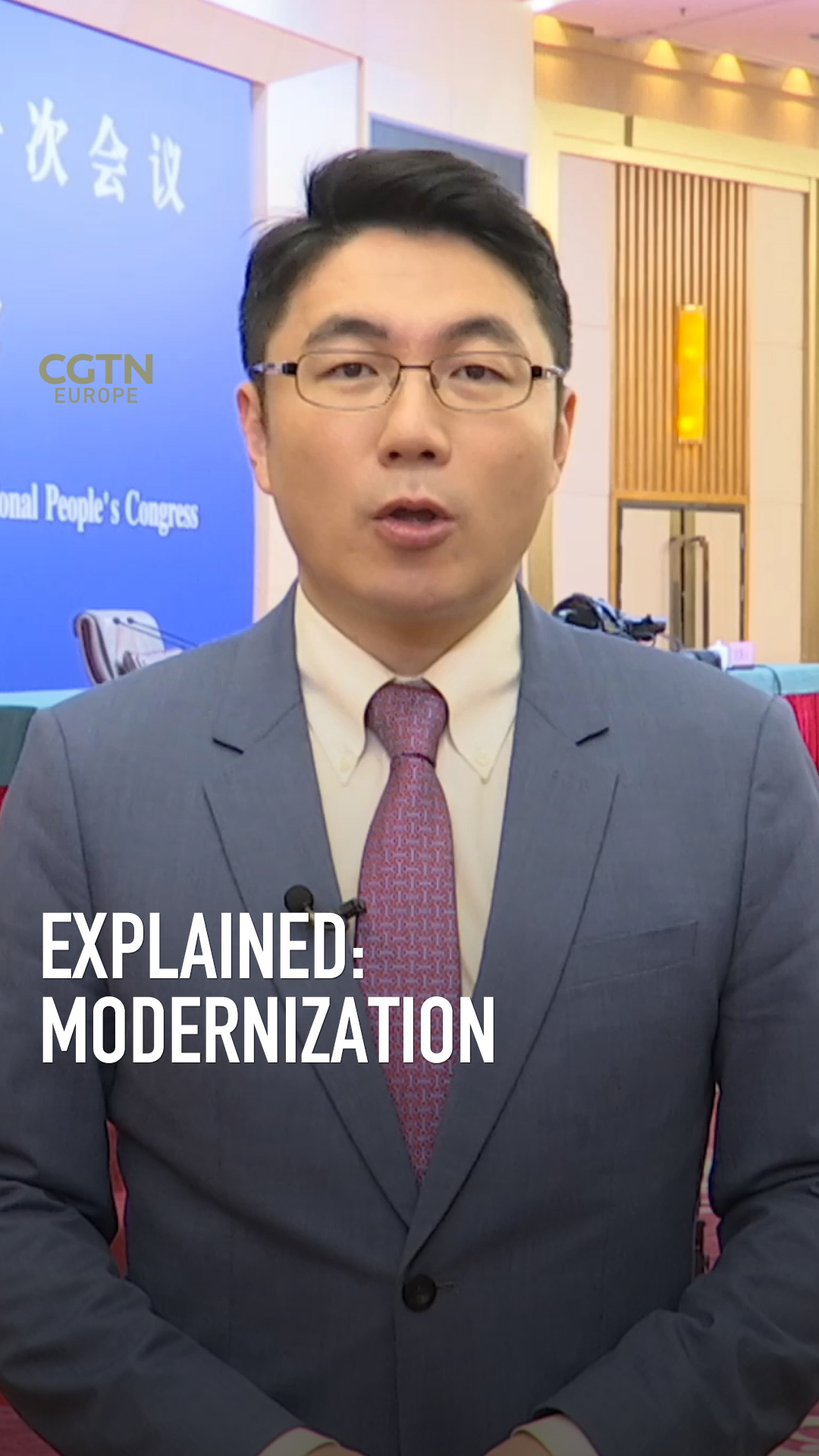
Here are five key pillars of China's modernization strategy and explained three areas: high quality development, common prosperity and financial reform in more detail as the country enters an exciting new era.
China's modernization strategy: At a glance
A step-by-step approach
China's population of 1.4 billion people is greater than Europe and the Americas combined. Therefore, the program will take a step-by-step approach depending on China's economic conditions.
Common prosperity for all
Social equality and economic inclusiveness and making sure that nobody is left behind.
Material and cultural and ethical advancement
This is all about reviving China's historic and cultural heritage.
Harmony between humanity and nature
China is serious about green development and ecological civilization.
Peaceful development
China will not colonize other parts of the world and will instead pursue peaceful development with other countries.
00:58
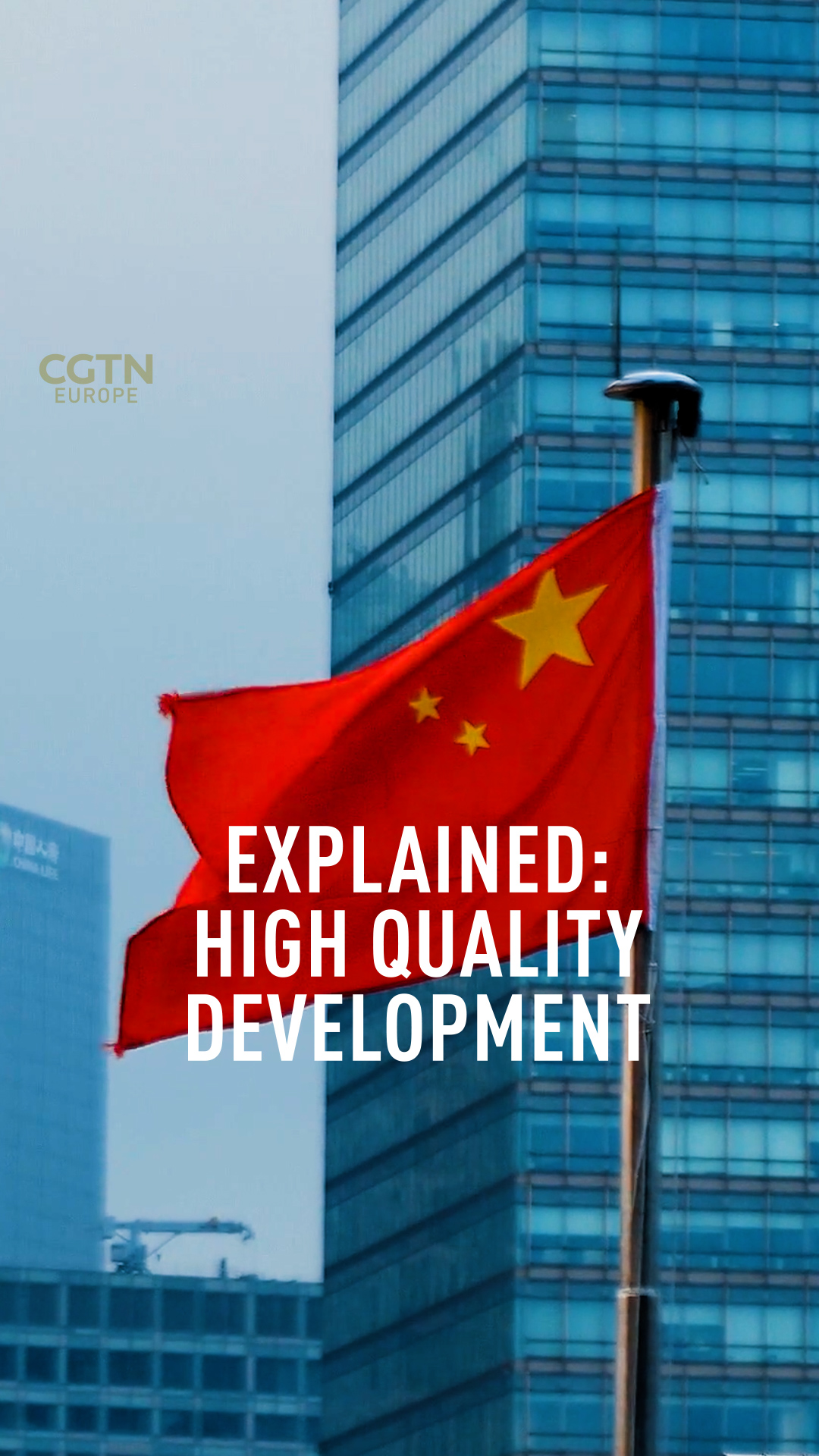
Explained: High quality development
What does it mean when China says it wants high quality development? It means a modern market economy that is fair and transparent and upgrading the manufacturing sector towards hi-tech decarbonization. It's also about reviving the rural areas of the country to raise farmers' incomes and offer more opportunities for poorer people to close the wealth gap, and attract more foreign investment by opening up further.
China has relied on investment, low-cost manufacturing and exports to drive its economy for decades. But this approach has its limits. To avoid the middle income trap the country must embrace high quality development. With this approach, China hopes to double its GDP by 2035 compared to its 2020 level. And, in the process, improve its natural environment, education, healthcare, social equality and the rule of law. These factors are all crucial to achieving common prosperity.
01:05
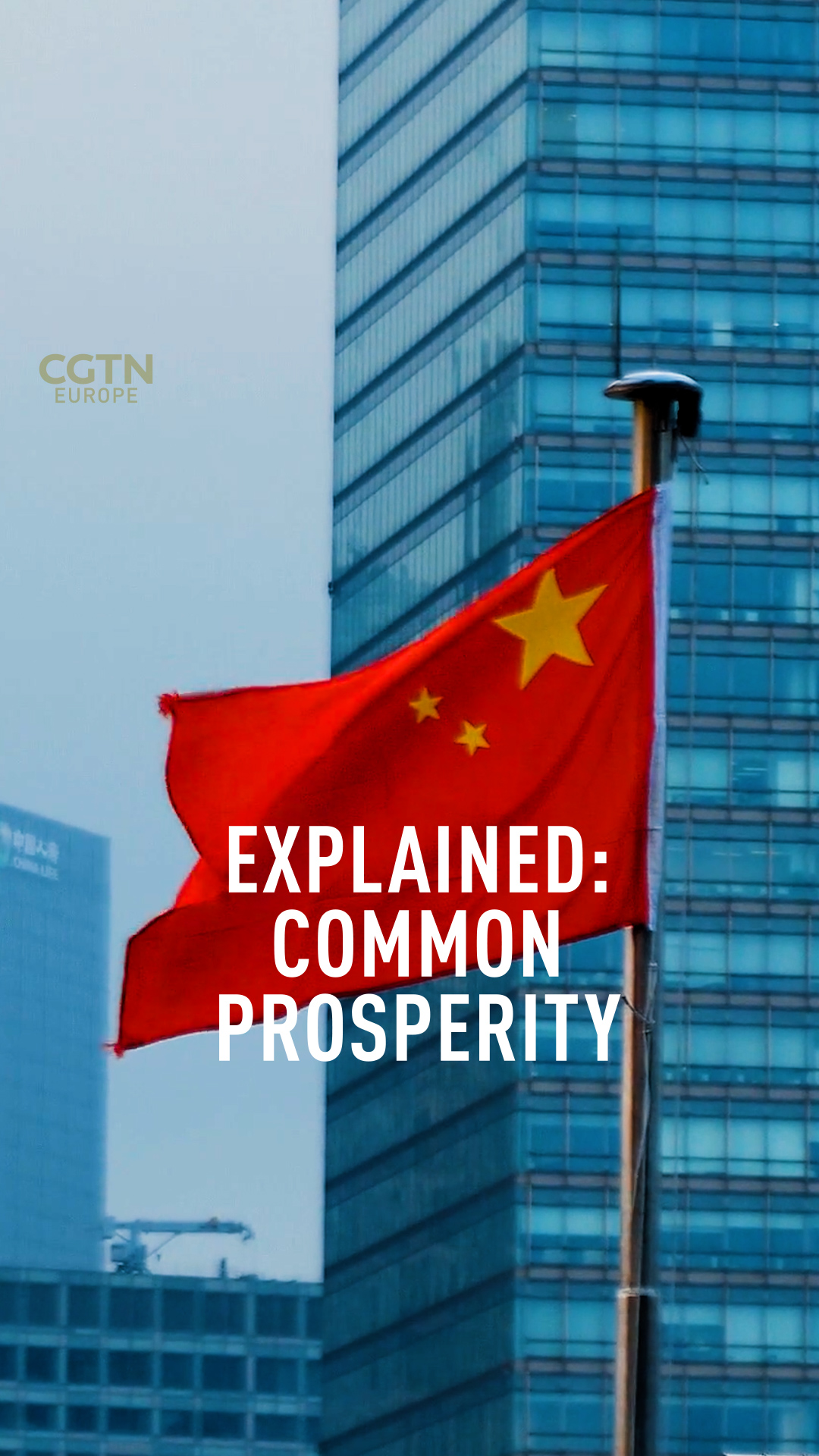
Explained: Common prosperity
After lifting 800 million people out of poverty, the next aim is to help them join the ranks of middle income people. The first step is a simple one - to encourage people to work hard: as a developing country China doesn't have the resources to pay welfare to people who don't want to work. So, common prosperity doesn't mean building a uniform, egalitarian or welfare state.
Then, the country will offer more opportunities to less developed areas of the country to raise productivity and income. At the same time China will rein in disorderly expansion of capital, monopolies and speculation. But, it's important to note that polarization isn't socialism. China protects private ownership, so common prosperity is not about robbing the rich and feeding the poor. The rich can stay rich but the poor mustn't continue to be poor.
By 2035, common prosperity is expected to double China's middle income population to over 800 million people, offering unlimited opportunities to global companies.
Explained: Financial reform
China's State Council unveiled a plan to reform its financial institutions. It has set up a national financial regulatory commission. Directly under the State Council, the proposed administration will oversee the entire financial industry. It will be established based on the Chinese banking and insurance regulatory commission, which will not be retained. The move is aimed at reinforcing financial regulation, preventing systemic risks and protecting financial product user rights.
China will develop a local financial regulatory mechanism with agencies dispatched from central financial regulators as the mainstay. In the meantime the Chinese security regulation commission will become a government agency rather than a public institution under the State Council.
China will also advance the reform of the branches of the People's Bank of China or the Central Bank. The PBOC's counter level services will not be retained. Their functions will be consolidated to city level branches.
01:06
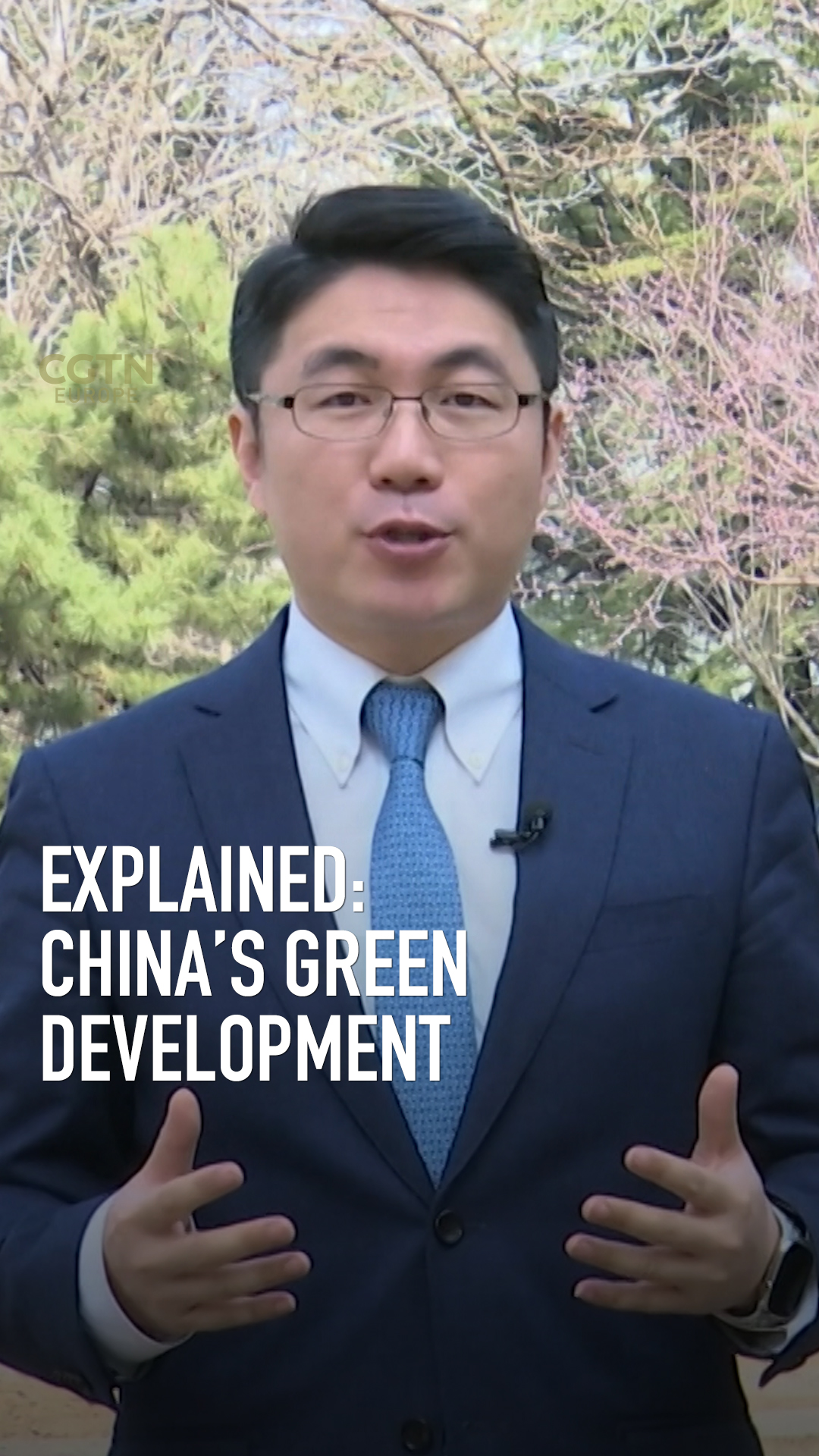
Explained: Green development
The relationship between humanity and nature is essential in our human society. Human civilization's history is also about the development between man and nature. While pursuing modernization in past decades, industrialized nations have amassed huge material wealth and accelerated the acquisition of natural resources, which had broken the earth's ecosystem balance, and the deep-seated contradictions between human beings and nature have become more apparent.
01:10
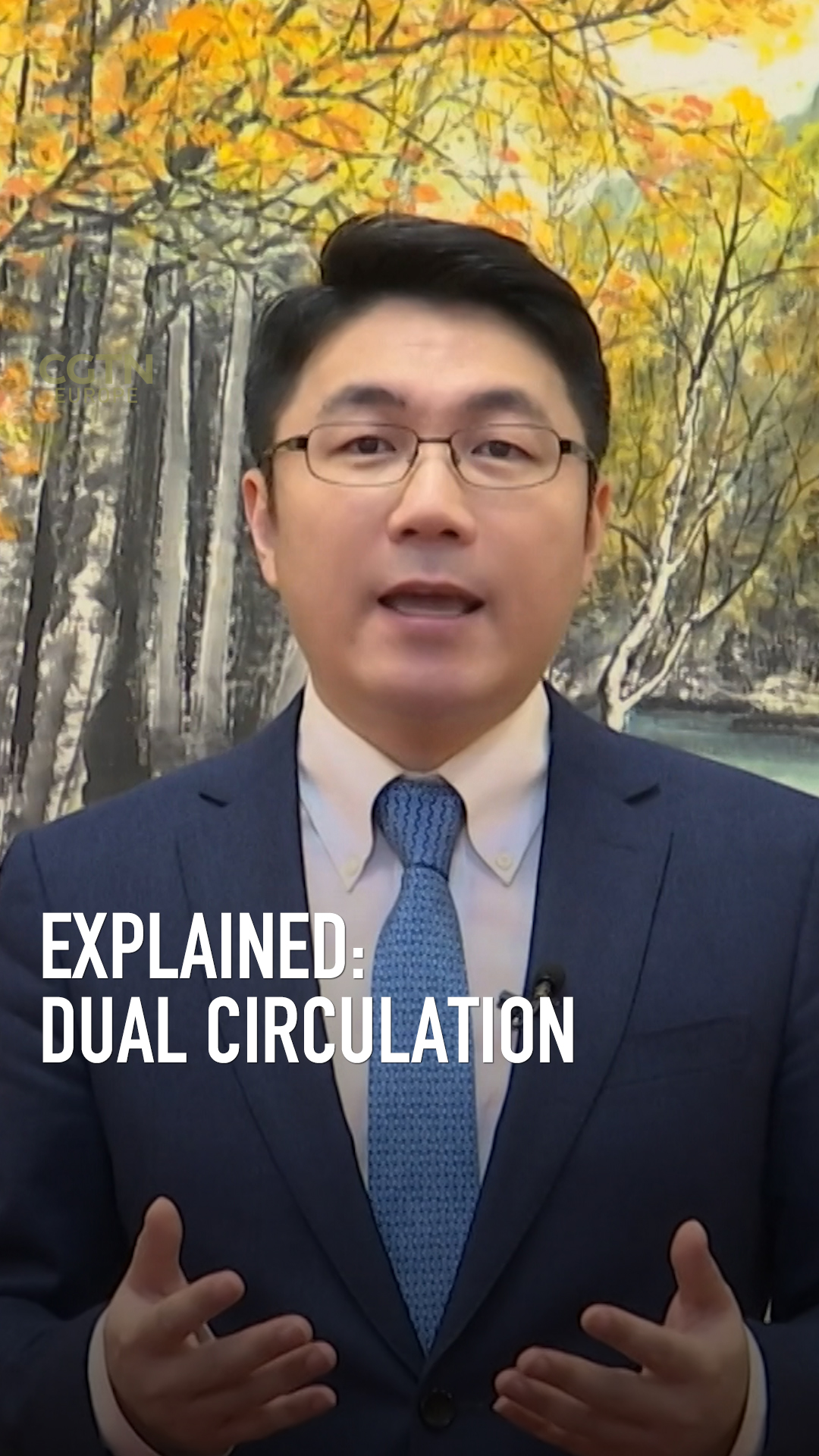
Explained: Dual Circulation
Dual circulation does not mean China attaches less importance to exports and foreign investment, otherwise known as external circulation. In 2022, China's exports totaled three and a half trillion US dollars and foreign direct investment reached nearly $200 billion. They have been the geese that lay the golden eggs.
That's why China continued to sign regional trade pacts and open up wider to investors. But the geese are facing an increasingly hostile and volatile world. Hence, China is focusing more on its domestic market to consume what it produces. This is internal circulation. It makes sense, as over 400 million middle income consumers have emerged in China and their number may double by 2035.
With this unparalleled market, China is increasingly the ultimate destination for an array of products and services. This explains why many multinational companies are adopting the 'In China For China' strategy to tap the country's vast potential for years to come.
Subscribe to Storyboard: A weekly newsletter bringing you the best of CGTN every Friday